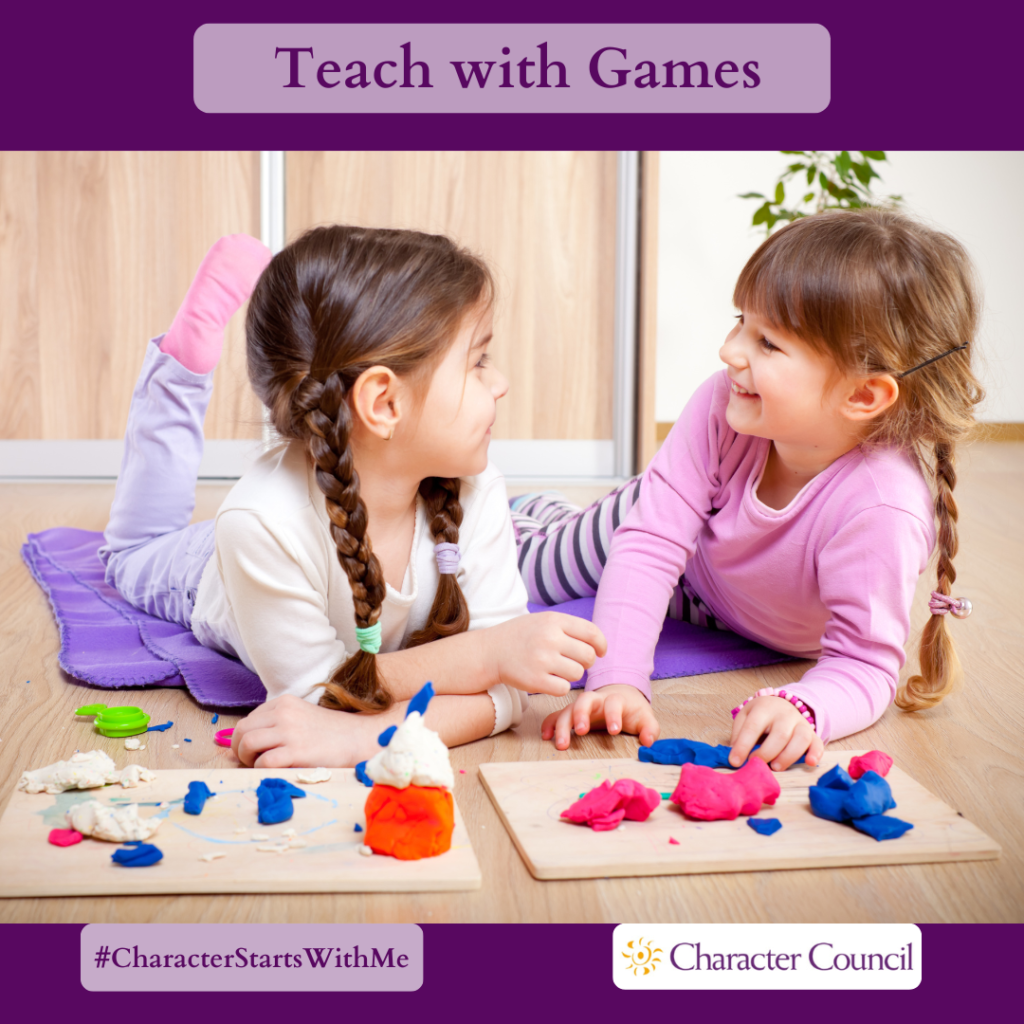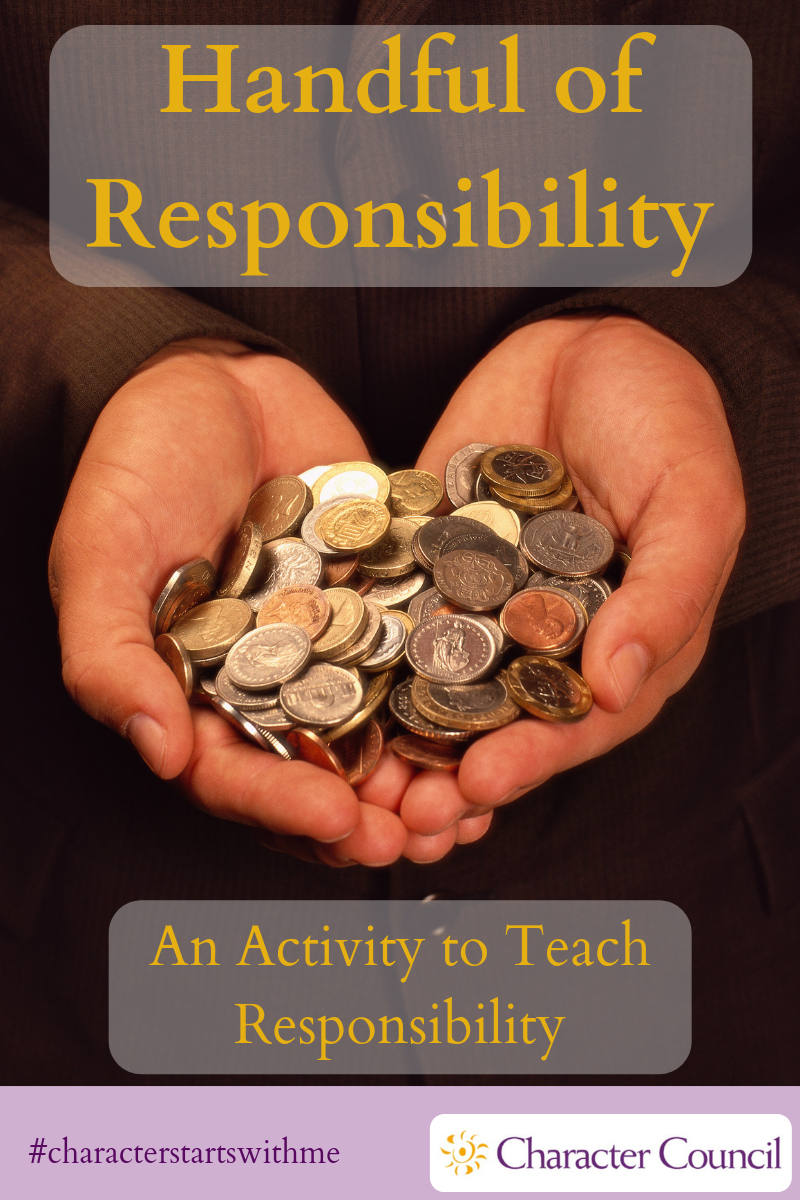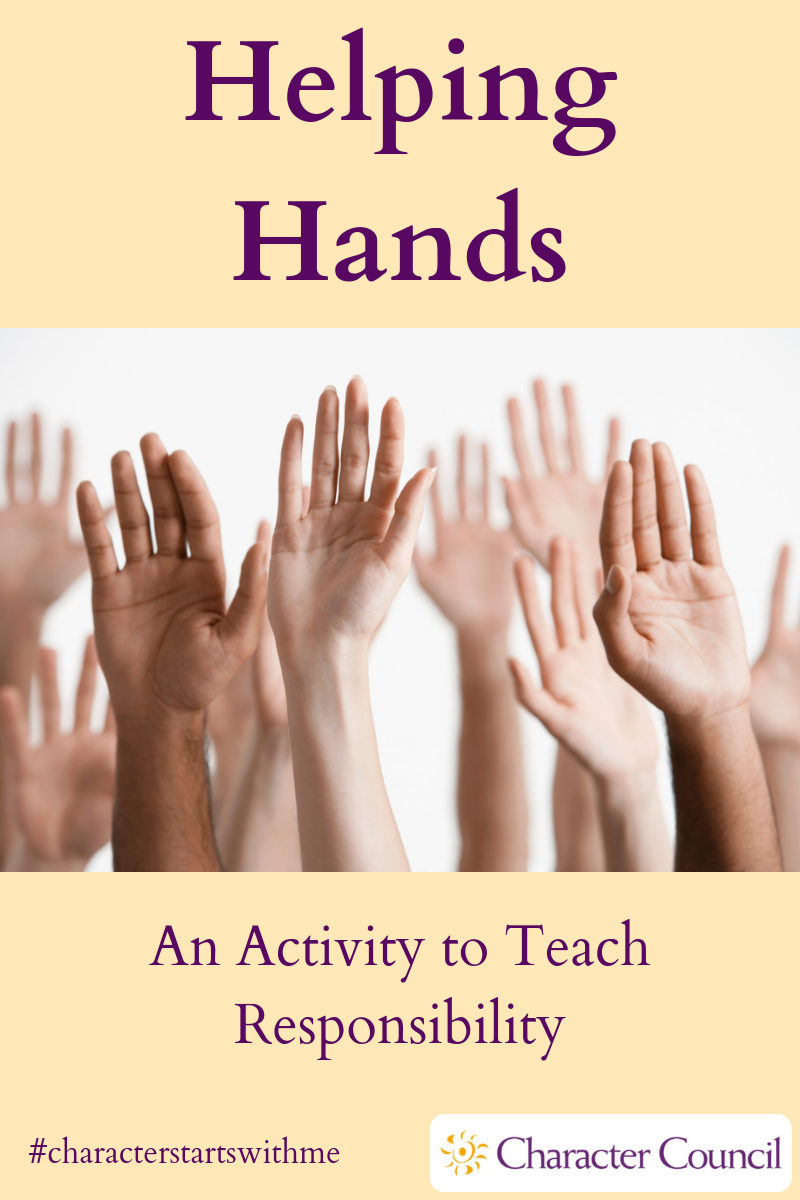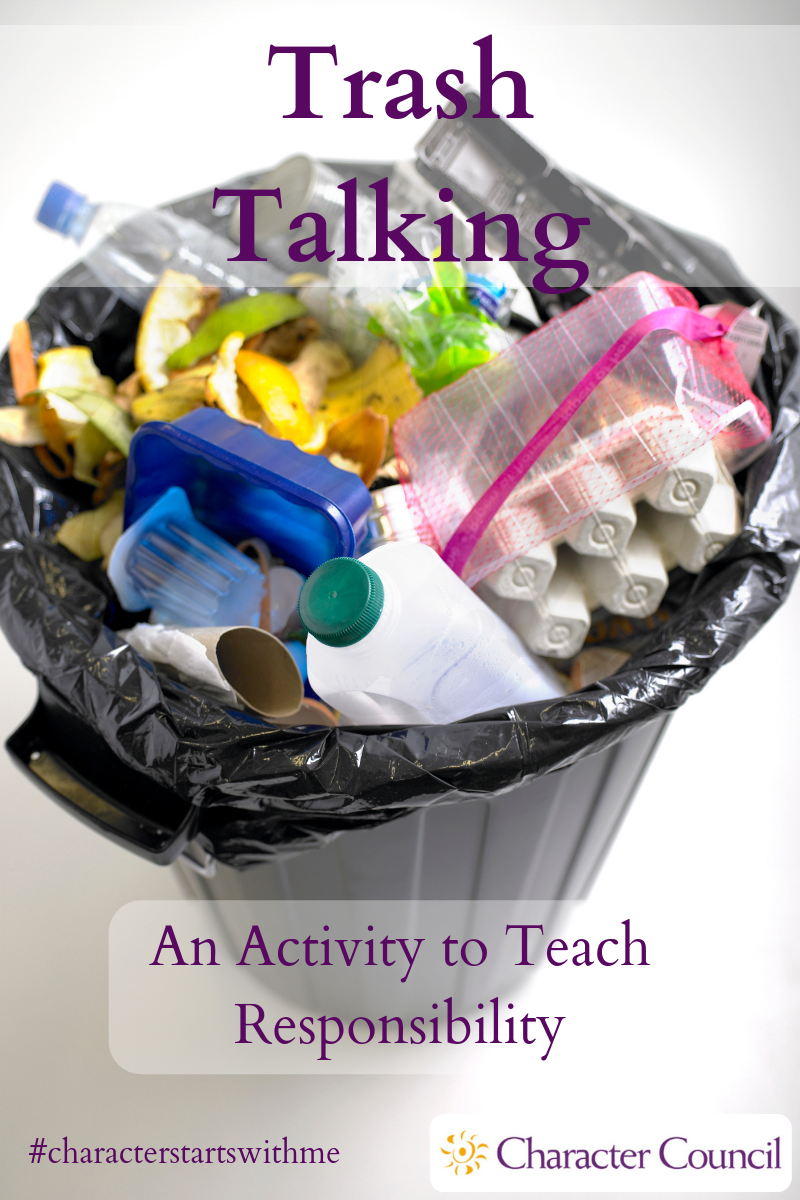
Responsibility Activities
The activities here are fun ways to teach character. The game aspect makes the lesson more memorable. Each activity has processing questions at the end. Without processing the activity, the exercise is just a game. To make it a stronger lesson when you process it, relate the character quality to a core value that your organization promotes.
Consider picking a student to run the activity. You will need to give them time ahead of the activity to prepare. Another option is to pick a few students to run the activity for a younger classroom after you have run it for your class. Encourage your students to repeat it in the home for younger siblings or even parents.


Handful of Responsibility
Grab a large double-handful of buttons, pennies or any other small item. Have the students pass the handful around the room. Do not pick up any that drop. Go around the room once with minimal instructions. Once completed, point out the items that have been dropped. (Make it a large handful so that it is not an easy task.) Explain how if one person “drops” their responsibility it affects the whole group. Pass it around again and see if they improve. A variation of the game would be to have 2 groups that race each other. If there is a student who may have difficulty with the motor skills necessary for this game or one who has very small hands, point out that helping them, not making them feel inferior, is the responsible choice.
To process this activity, ask these questions:
- Was it hard to hold such a large handful?
- Did you feel responsible to the others if you dropped any?
- Did you help anyone who had difficulty with it?
- The next time you are part of a team, will you think about how your actions affect the whole team?

Helping Hands
Have the students trace their hand on colored paper. For younger children, you can call them helping hands and have them write or draw a picture on the palm of what they can do to be more responsible around the house with chores. For older children, call them the High Five and have them write 5 things, one on each finger/thumb that they can do to be more responsible in the classroom or at home.
To process this activity, ask these questions:
- Was it fun to use your hand print to write or draw on?
- Was it hard to come up with something to put on it or did you think of more than you needed?
- Who benefits when you remember to do these things?
- Who is hurt when you forget to do these things?
- Where will you put this to use as a reminder to be a Helping Hand?

Trash Talking
For a cool math problem, and to get your students thinking about how they can affect the environment and be environmentally responsible, ask them to count how many bags of trash their family goes through in a week. Add up the numbers from the class, then average that number. Use that number to estimate how much trash the families in the school discard in a year, how much the county throws away, even how much trash your state produces! Google “population of United States” and “population of your state” to get the numbers needed.
Discuss recycling in Sweden. They have a motto: ‘Miljönär-vänlig (“miljönär” is a play on the words “environment” and “millionaire”) – Get rich by making, borrowing and recycling,’ conveys the message that you can save the environment as well as money by being eco-friendly. They have done such a good job at recycling that they must import trash to burn in their trash to energy incinerators. Visit these websites for more information.
Next, have them split off into groups to come up with creative ways to reduce the amount of trash that is thrown away. Start with what is the trash can in the room right now. You may want to “preload” some garbage to launch discussion such as
an empty plastic sandwich – replace with a reusable container
a disposable water bottle – replace with a reusable water bottle
a lunch bag – replace with lunch box
They can even launch a recycling drive at the school to recycle something that the school doesn’t already recycle.
Visit Terracycle to get some ideas about unusual things that can be recycled and earn money for the school. (Local newspapers would love to feature a story like this.)
End the discussion by challenging the students to be mindful of everything they toss in the trash for the next week.